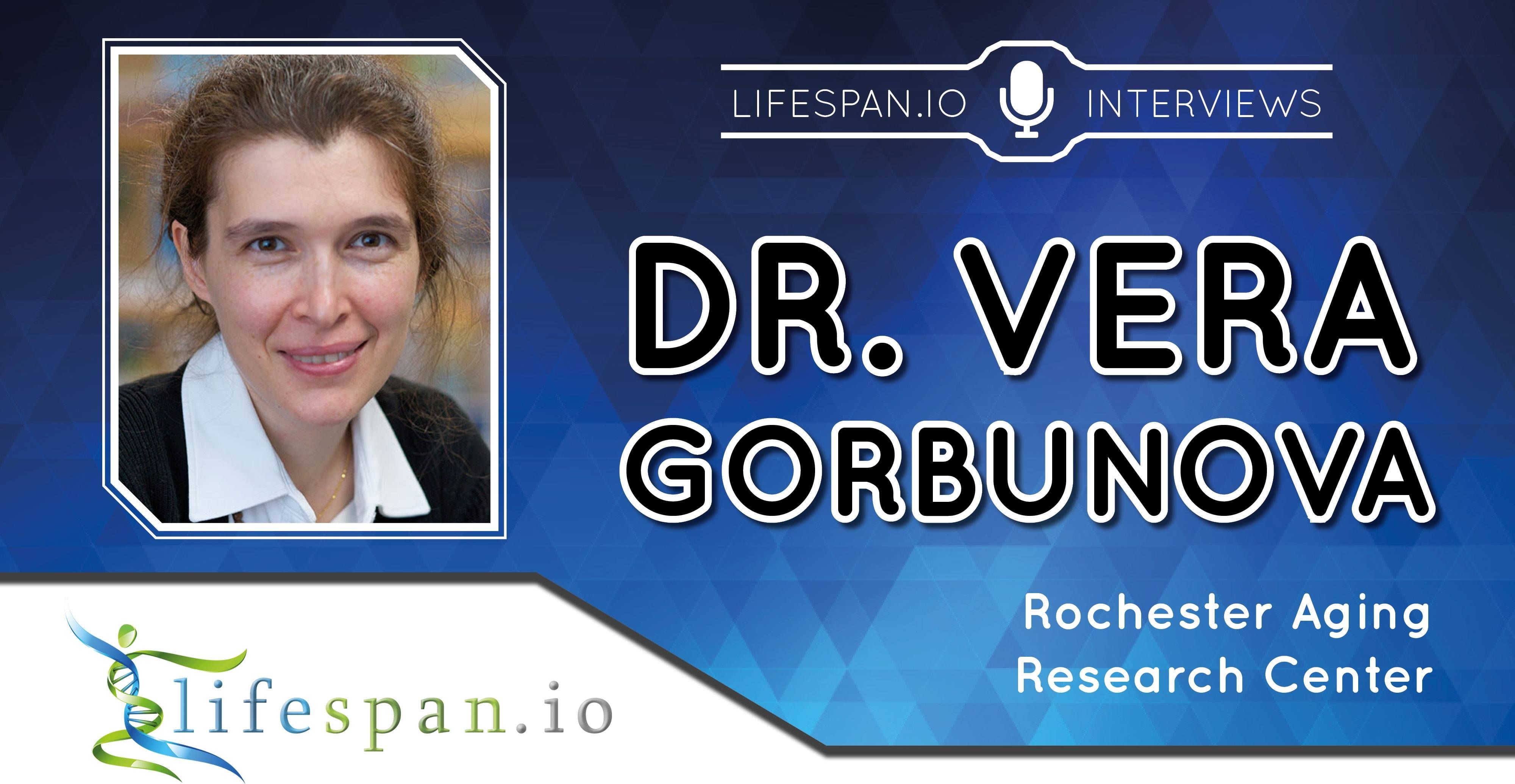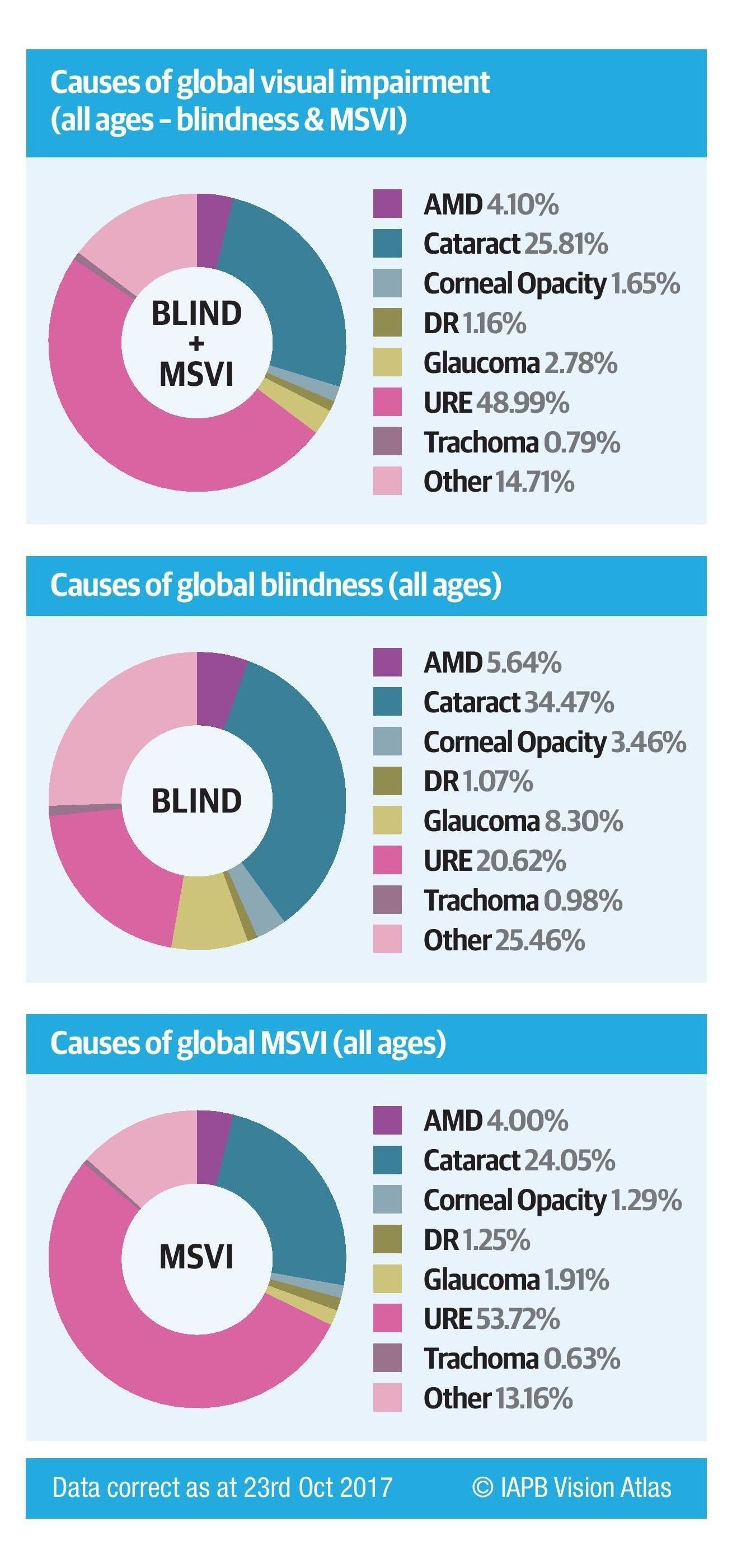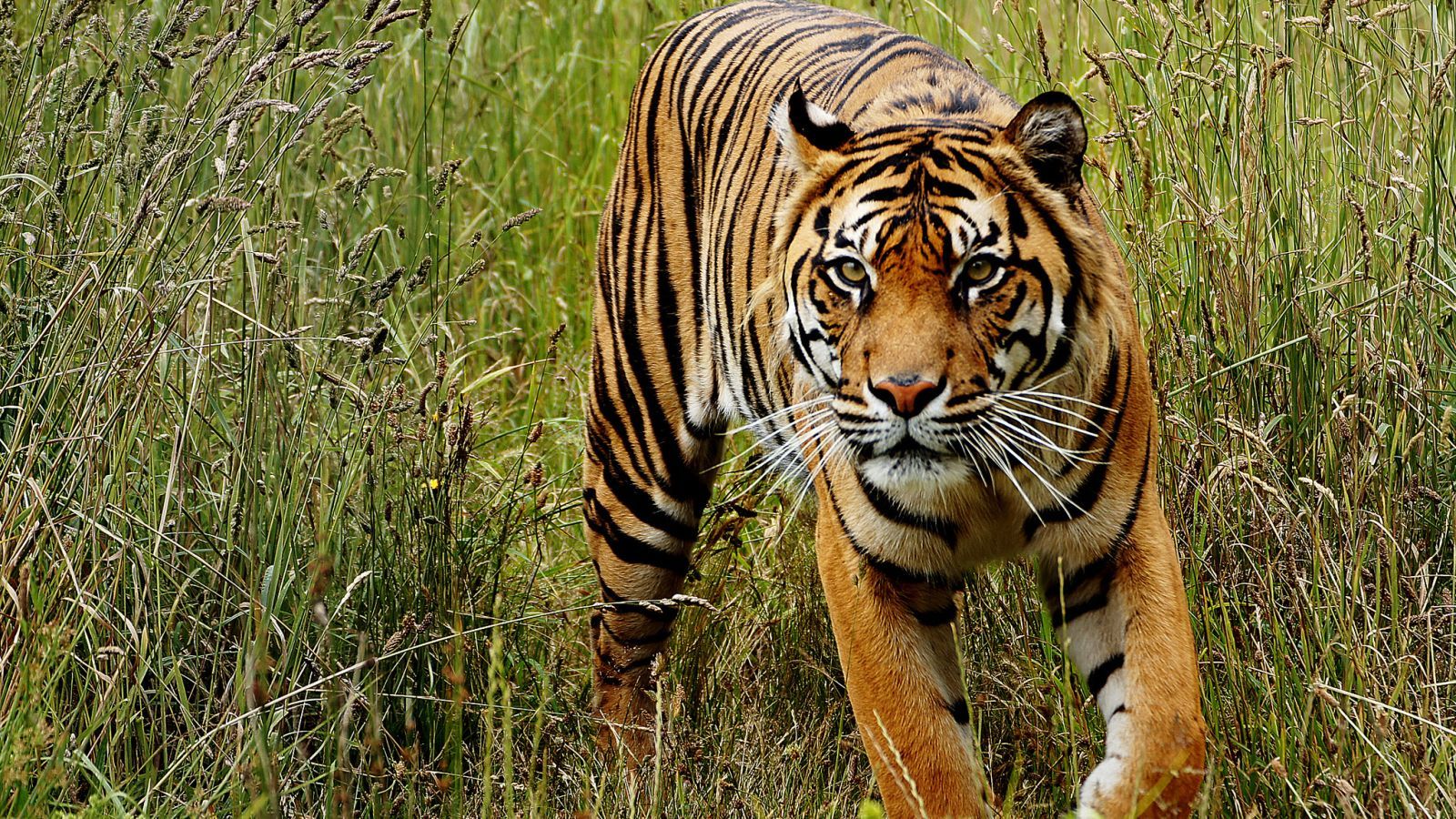Archive for the ‘biotech/medical’ category: Page 2140
Oct 29, 2018
Scientists Extract DNA From Seabiscuit’s Hooves To Figure Out How He Was So Fast
Posted by Genevieve Klien in categories: biotech/medical, genetics
Eighty years ago, the horse famously trounced Triple Crown winner War Admiral. Did genetics make him an unlikely success?
Oct 28, 2018
Creams remove skin sun spots with minimal pain and may prevent cancer
Posted by Genevieve Klien in category: biotech/medical
Sun spots – or actinic keratoses – are caused by UV light. Now people are using medicated creams to remove them before they have a chance to turn cancerous.
Oct 28, 2018
After months searching for match, Edmonton man to receive stem cell transplant this week
Posted by Genevieve Klien in category: biotech/medical
An Edmonton man battling a rare blood cancer is scheduled to have a potentially life-saving stem cell transplant later this week.
Bille Nguyen is set to receive his transplant in Calgary on Thursday, one day after his sister Susan donates her stem cells.
Oct 28, 2018
This 3D ‘organ on a chip’ can monitor cells in real-time to develop new treatments
Posted by Genevieve Klien in categories: biotech/medical, neuroscience
Researchers plan to use the device to develop a ‘gut on a chip’ and attach it to a ‘brain on a chip.’
Oct 28, 2018
A Next-Generation Particle Accelerator
Posted by Genevieve Klien in category: biotech/medical
In early 2020, the FACET-II facility aims to open for use by scientists across the world. Plasma accelerators are compact accelerators that are more affordable. FACET-II will be the upgraded version of the current FACET facility. Where the aim of the upgrade is to get the electron beam brighter by about 100 or even 1000 times. FACET-II will be the home of experiments that will add to medical and x-ray science, and particle physics. Currently, potential users are submitting proposals for experiments they would like to carry out at FACET-II. A program advisory committee will evaluate the proposals and select the most exciting ones with the largest impact in science for the upcoming experimental runs.
Oct 28, 2018
In a Transhumanist Future, Everyday Could Be Halloween
Posted by B.J. Murphy in categories: bioengineering, biotech/medical, genetics, habitats, health, nanotechnology, transhumanism

In the spirit of Halloween, where ghouls, ghosts, and vampires walk among us, our perception of reality will soon transform as well, forever possessed by the specter of Transhumanism!
Last year, I wrote about how people could transform themselves into one of my favorite horror creatures—a real-life werewolf—using modern science and tech. This merely scratches the surface, however, in terms of how far an individual can go. In a Transhumanist future, you’ll be empowered to not only question the extent of your humanity but equally put those questions into action.
Continue reading “In a Transhumanist Future, Everyday Could Be Halloween” »
Oct 28, 2018
Bioquark Inc. — Life Of A Fighter Podcast — Ira Pastor
Posted by Ira S. Pastor in categories: aging, bioengineering, biotech/medical, DNA, futurism, genetics, health, innovation, life extension, neuroscience
Oct 28, 2018
There Are More Tiger Types Than We Thought, New Genetic Analysis Reveals
Posted by Genevieve Klien in categories: biotech/medical, genetics
Tigers seem pretty straightforward: stripes, sharp claws, awe-inspiring grace wielded by hundreds of pounds of rippling muscle, fondness of sugary cereal, etc. But new research on the big cats’ DNA is the latest indication that underneath that striking orange and black pelage, not all tigers are the same. Scientists are now reporting that tigers are broken up into six distinct subspecies spread out across Asia.
In endangered species like tigers, pegging down the exact number of subspecies can be pretty important for conservation purposes. Being mindful of how the species is naturally divided up in the wild—and how populations may be evolving independently of one another—can allow conservationists to more effectively manage populations as cohesive units. Global tiger conservation has struggled with this since there’s been plenty of disagreement on how many subspecies even exist.
Oct 27, 2018
Interview with Dr. Vera Gorbunova: What can we learn about longevity from the naked mole rat?
Posted by Steve Hill in categories: biotech/medical, life extension

In this interview, Vera Gorbunova, Professor of Biology at the University of Rochester and a co-director of the Rochester Aging Research Center, talks about our current understanding of the mechanisms behind the longevity and genome stability of exceptionally long-lived mammals and how this knowledge could be used to create therapies to extend healthy human lifespan.
The interview was made by Steve Hill and Elena Milova, members of the board of Lifespan.io.
►This video is presented by LEAF. Please support us by becoming a “Lifespan Hero”: http://lifespan.io/hero
















